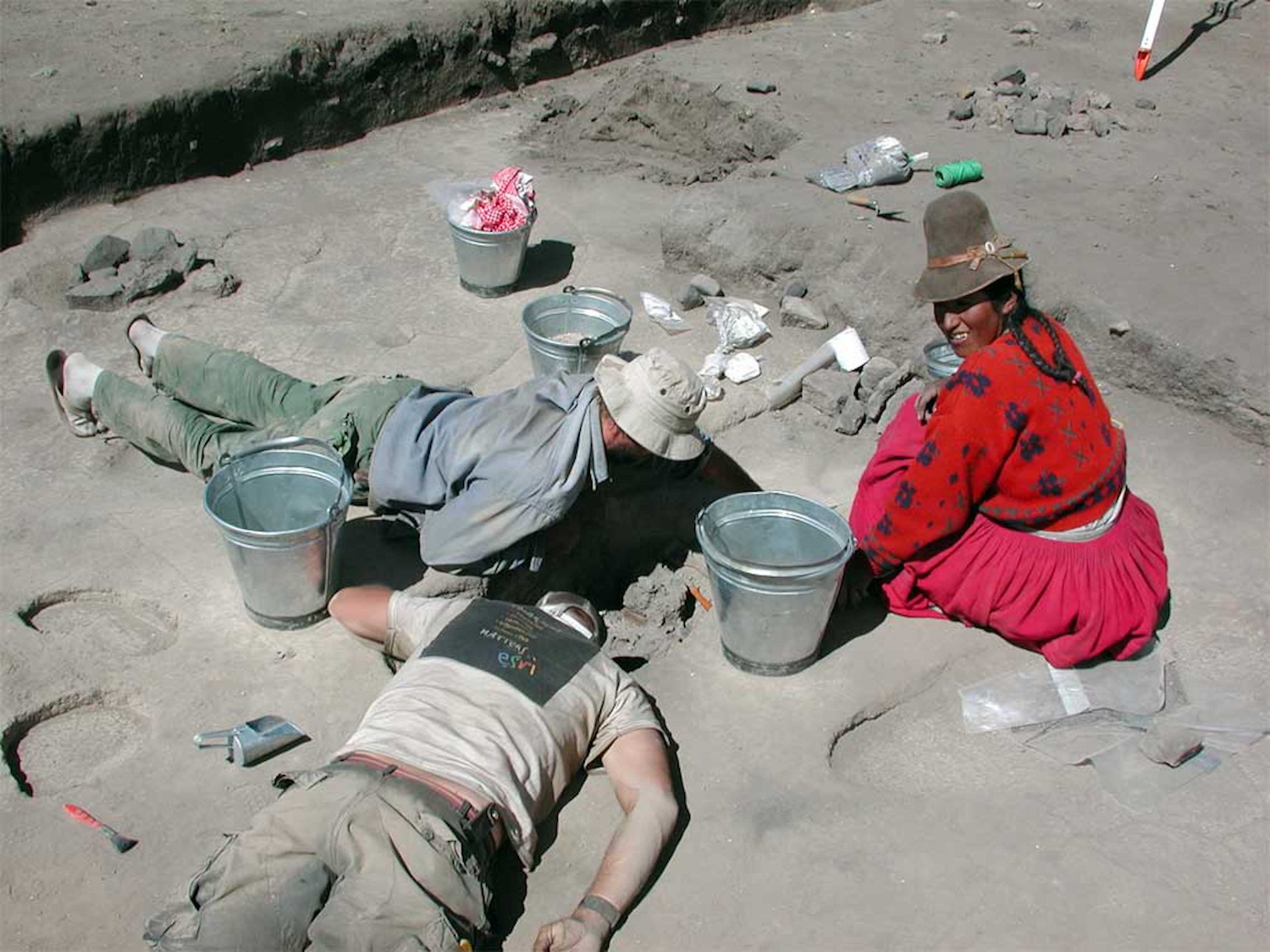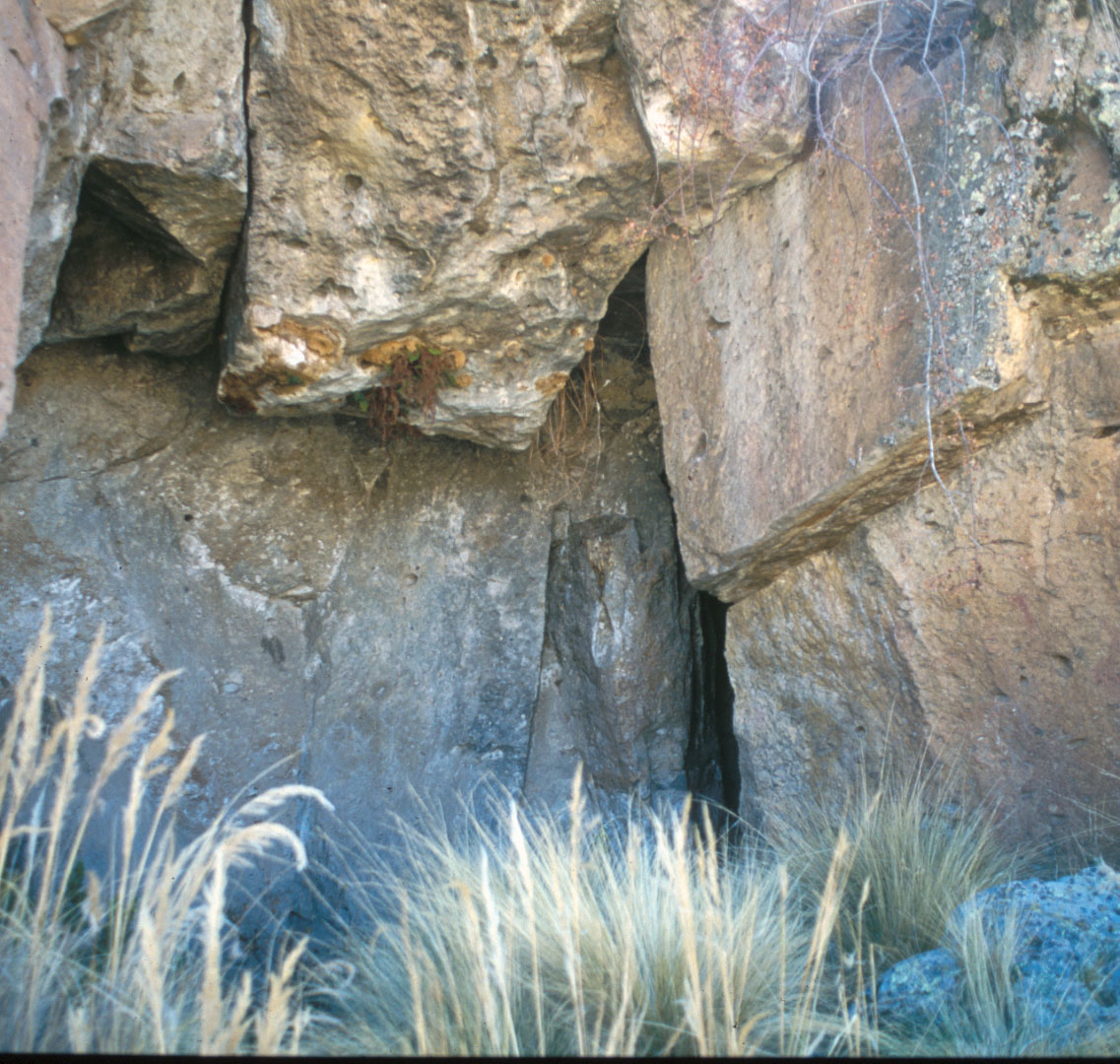Here's How Peru's Ancient People Survived in the Treacherous Andes

By about 7,000 years ago, ancient people who lived high in the Andes Mountains had developed bigger hearts and slightly higher blood pressure, among other adaptations, to better survive life at those treacherous heights, a new genetic analysis shows.
And those changes may have occurred soon after people began living permanently in the highlands.
"Despite harsh environmental factors, the Andes were populated relatively early after entry into the [South American] continent," the researchers wrote in the study, published online yesterday (Nov. 8) in the journal Science Advances. "The adaptive traits necessary for permanent occupation may have been selected for in a relatively short amount of time, on the order of a few thousand years." [1,200 Year-Old Site with Many Mummies Found in Peru (Gallery)]
High in the mountains
Archaeological findings indicate that hunter-gatherers began living in the Andean highlands at least 12,000 years ago, and permanent occupation began around 9,000 years ago. To learn more about the ancient people who lived around Lake Titicaca, the researchers analyzed the DNA from ancient and modern people in the region.
The scientific team collected DNA from the remains of seven ancient people found at sites from one of three different cultural periods: the Soro Mik'aya Patjxa, an 8,000- to 6,500-year-old site where hunters and gatherers lived; the Kaillachuro, an approximately 3,800-year-old site whose people transitioned from foraging to farming; and the Rio Uncallane, a series of cave-crevice tombs dating to about 1,800 years ago.
Then, the scientists compared this ancient DNA with DNA from ancient and modern South American populations inhabiting the lowlands as well as the highlands, and from other ancient Native American people who lived farther away.

In addition to the adaptations to the heart and blood found in highlanders, the analysis revealed that low- and high-elevation populations split about 8,750 years ago, when people began living permanently in the Andes Mountains. This number is earlier than the era cited in a previous study, which used only modern genomes to estimate the divide.
Sign up for the Live Science daily newsletter now
Get the world’s most fascinating discoveries delivered straight to your inbox.
As for the gene associated with starch digestion, it's possible that this adaptation was related to the highlanders' transition from hunting and gathering to farming starchy foods, such as maize and potatoes. In contrast, the ancient lowlanders did not have this adaptation, possibly because they tended to be hunter-gatherers, the researchers said.
The research also shed light on the migration of the first Americans. Earlier research suggests that the first Americans diverged from their ancestors in Siberia and East Asia almost 25,000 years ago. These people headed over the Bering Strait land bridge during the last ice age and eventually diverged into two populations — one that stayed in North America and another that ultimately traveled to South America.
The new findings suggest that the North and South American groups likely split about 14,750 years ago, which agrees with findings from the approximately 14,500-year-old archaeological site at Monte Verde in southern Chile, the researchers said.
A companion study, detailing more clues about the travels of the first Americans, was also published yesterday in the journal Cell.
Originally published on Live Science.

Laura is the archaeology and Life's Little Mysteries editor at Live Science. She also reports on general science, including paleontology. Her work has appeared in The New York Times, Scholastic, Popular Science and Spectrum, a site on autism research. She has won multiple awards from the Society of Professional Journalists and the Washington Newspaper Publishers Association for her reporting at a weekly newspaper near Seattle. Laura holds a bachelor's degree in English literature and psychology from Washington University in St. Louis and a master's degree in science writing from NYU.









